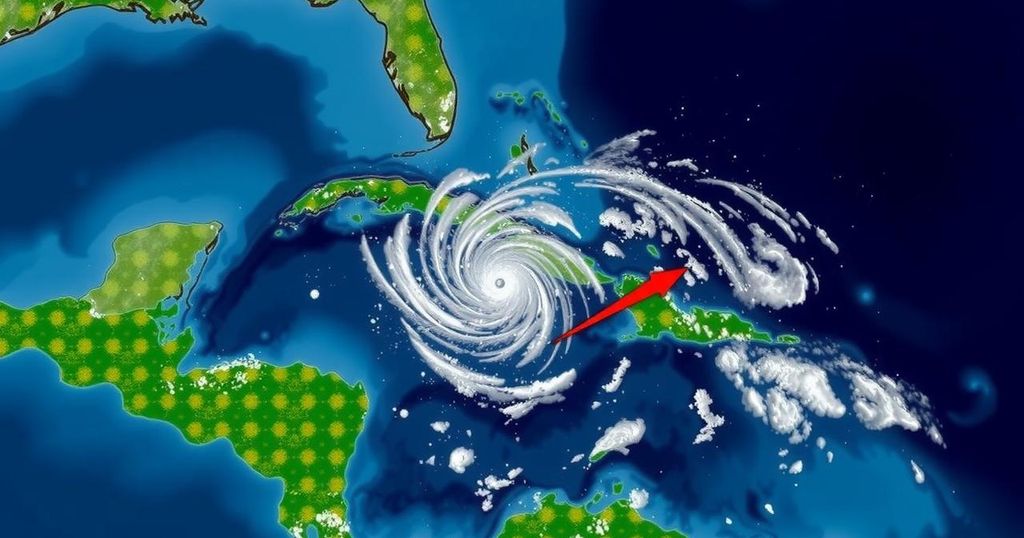Weather
World news
ACCUWEATHER, ASIA, BERNIE RAYNO, COLOMBIA, CUBA, EVACUATIONS, FLORIDA, GULF OF MEXICO, HURRICANE, HURRICANE SEASON, MEXICO, NATIONAL HURRICANE CENTER, NATURAL DISASTER, NHC, NORTH AMERICA, PHILIPPINES, PROGRESO, PUERTO RICO, RAFAEL, SOUTH AMERICA, WEATHER, WIND GUSTS
Daniel O'Connor
0 Comments
Hurricane Rafael Tracking: Key Updates and Hurricane Season Overview
Hurricane Rafael has strengthened into a Category 3 storm with 120 mph winds, heading westward in the Gulf of Mexico, away from Florida. Wind shear is expected to weaken the storm, though swells may cause dangerous conditions along the Gulf Coast. The Atlantic hurricane season ends November 30, and residents are advised to stay informed about potential impacts.
The National Hurricane Center is currently monitoring Hurricane Rafael, which has intensified into a Category 3 hurricane with sustained winds of 120 mph. The storm is predicted to take a meandering path through the Gulf of Mexico, moving away from Florida, where it is likely to weaken over the coming days. A trough of low pressure near Puerto Rico is creating heavy rain and thunderstorms, although the chance for further development of this system remains low. Rafael has already caused significant disruption, affecting western Cuba’s electrical grid before reintensifying in the Gulf. Meteorologists highlight that increasing wind shear is expected to diminish Rafael’s intensity. However, the storm’s generated swells are anticipated to produce hazardous surf and rip current conditions along the Gulf Coast. Residents in the southern and southwestern Gulf of Mexico are urged to keep a close watch on the storm’s progression. Interest in the next named storm, Sara, is noted, along with the hurricane season’s conclusion, which occurs on November 30. The effects of Rafael and other systems currently monitored by the National Hurricane Center are emphasized, as they may cause heavy rains across several regions, regardless of further development.
The Atlantic hurricane season spans from June 1 to November 30, encompassing the Atlantic Ocean, Caribbean Sea, and Gulf of Mexico. This period marks heightened hurricane activity, making monitoring crucial for the safety of coastal residents. The National Hurricane Center utilizes various models to track and predict storm paths and intensities, providing essential updates to mitigate risks from tropical systems like Hurricane Rafael. Awareness of potential impacts and preparedness for severe weather is vital for the communities at risk.
In summary, Hurricane Rafael is a significant weather event currently tracked by the National Hurricane Center, with the storm expected to weaken and move westward, reducing its threat to Florida. However, it is producing dangerous sea conditions in the Gulf of Mexico. As the hurricane season approaches its end, residents are encouraged to remain vigilant and prepared for any tropical developments in the region.
Original Source: www.timesreporter.com




Post Comment